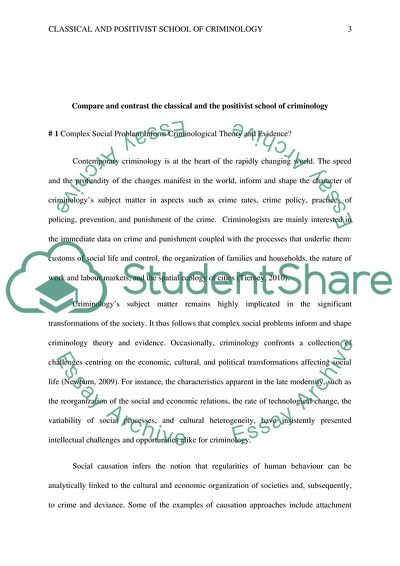Cite this document
(Contemporary Criminology Term Paper Example | Topics and Well Written Essays - 2000 words, n.d.)
Contemporary Criminology Term Paper Example | Topics and Well Written Essays - 2000 words. Retrieved from https://studentshare.org/law/1787117-compare-and-contrast-the-classical-and-the-positivist-school-of-criminology
Contemporary Criminology Term Paper Example | Topics and Well Written Essays - 2000 words. Retrieved from https://studentshare.org/law/1787117-compare-and-contrast-the-classical-and-the-positivist-school-of-criminology
(Contemporary Criminology Term Paper Example | Topics and Well Written Essays - 2000 Words)
Contemporary Criminology Term Paper Example | Topics and Well Written Essays - 2000 Words. https://studentshare.org/law/1787117-compare-and-contrast-the-classical-and-the-positivist-school-of-criminology.
Contemporary Criminology Term Paper Example | Topics and Well Written Essays - 2000 Words. https://studentshare.org/law/1787117-compare-and-contrast-the-classical-and-the-positivist-school-of-criminology.
“Contemporary Criminology Term Paper Example | Topics and Well Written Essays - 2000 Words”. https://studentshare.org/law/1787117-compare-and-contrast-the-classical-and-the-positivist-school-of-criminology.


